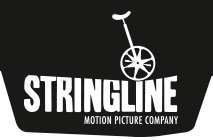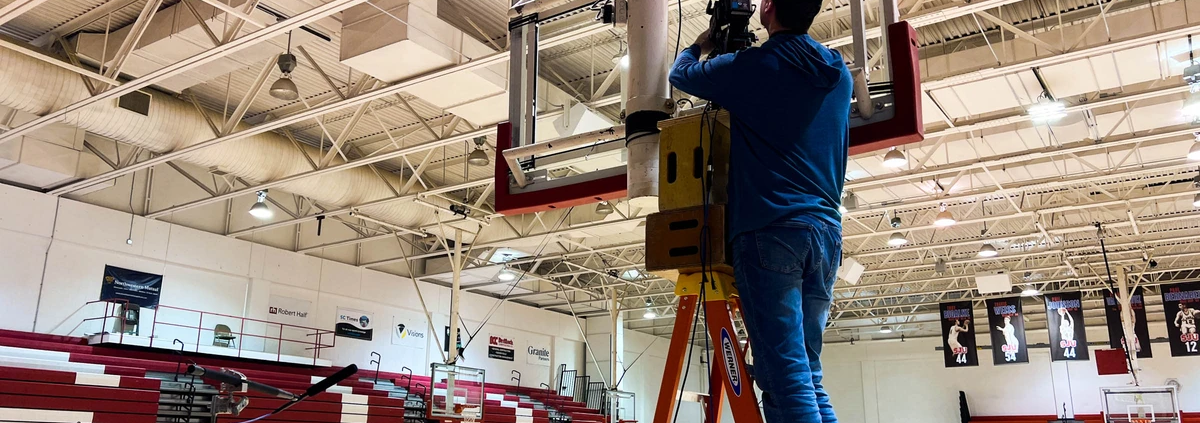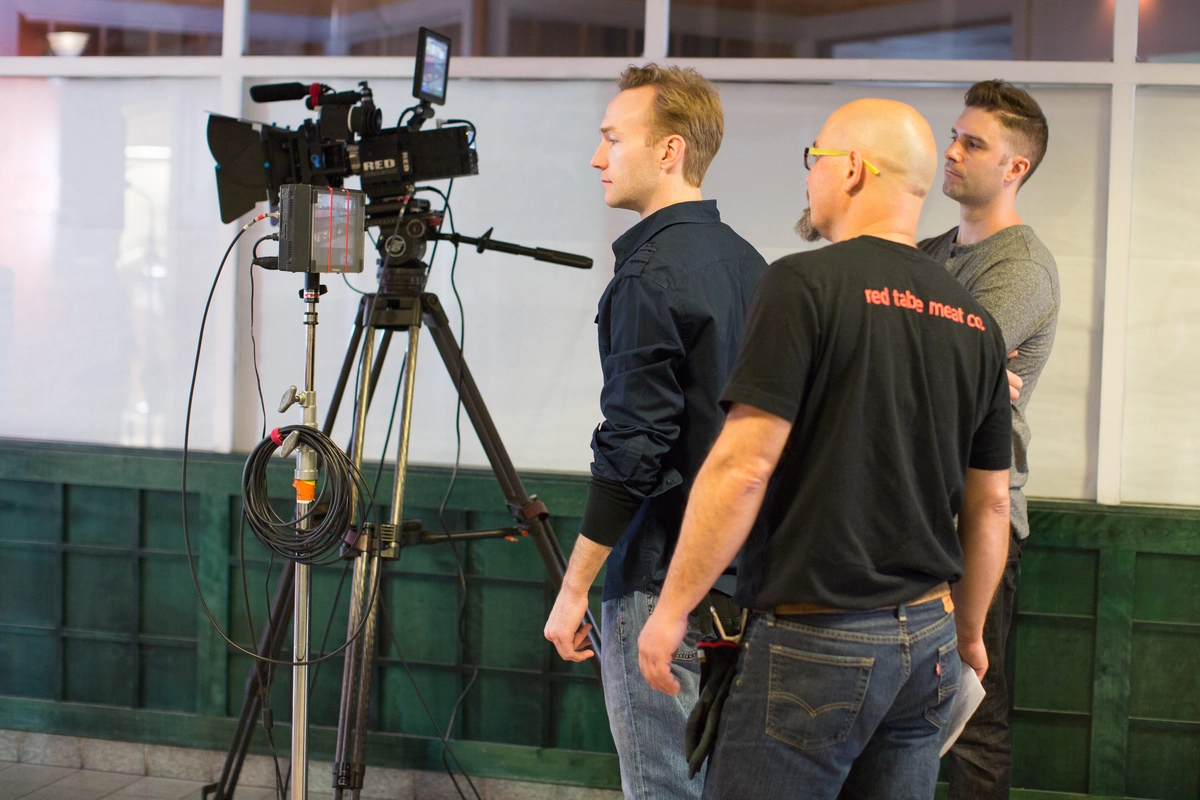Filmmaking: The Ultimate How-To Guide For Beginners (2023 Update)
Amateur filmmakers might dream of getting their art on the big screen one day—without knowing what actually goes into making a movie.
Filmmaking is an extensive process that requires many steps, many rewrites, and a whole slew of people to make it happen. So today, we’re going to dive into a beginner’s step-by-step guide to filmmaking to help the aspiring filmmaker in us know what to look forward to.
Step 1: Generating the Idea for a Film
Obviously, you need to develop an idea for the film you want to make—and make it a good one. Creatives always have ideas flowing, but it takes one really good one to get the ball rolling on a movie script. When you’ve developed your idea, consider if the storyline has enough oomph to turn into a script. If so, move on to the next step—writing your script.
Step 2: Writing a Script/Screenplay
It’s one thing to jot down a story and write it like a paper or short story. It’s quite another to formulate it as a script or screenplay. Luckily, there is a Masterclass on how to properly format a screenplay and even templates you can download for Microsoft Office or Google Docs to use as a guide. Your screenplay will include quotes, visualizations of your scenery, and more structure than a written story.
Step 3: Edits & Re-writes
If every screenplay was made based on the first draft, I don’t think there’d be any good movies made. As great as your story may be, formatting it into a digestible, filmable piece can be difficult. You should send your story and screenplay through a few rounds of edits.
It’s crucial that the story makes sense after it’s divided up into scenes—and that the ending works to tie the whole piece together. Having another set of eyes on your work is vital to getting it well-edited and ensuring the vision in your head translates well to the page.
Step 4: Craft the Storyboards
Storyboards go hand-and-hand with your screenplay, and they develop the visual part of the story. They are essentially comic book pages using screenshots from your film—and can be completed in several ways.
It’s easy to go overboard with storyboards, but they’re handy visual aids that help you figure out what shots should make it into the final cut and how long those cuts should last. In addition, there is no better way to get an idea of what the finished product could look like.

Step 5: Funding & Budget
Step 5 may occur somewhere else in the process, depending on certain factors, but either way, you need to nail down a budget before you film. It can cost a lot of money to make a movie, especially after you have your crew and cast on payroll, renting locations, acquiring equipment, and adding up all of the elements that make up the filmmaking process.
Funding can come from many places: crowdfunding, pre-sales, producers, investors, your own pocket (which can get dicey), and grants or scholarships for filmmaking students. No matter what, it’s vital to get this funding in place before getting too deep into the weeds.
Step 6: Find a Crew
Finding a crew to help bring your vision to life can be nerve-wracking but also enthralling. You’re going to want to vet every crew member closely—considering their past jobs, history, any references, and examples of their work. You’ll need a director (unless you’re directing yourself), a producer, production supervisor, sound and engineering team, lighting, costumes, makeup—the list goes on. Here’s a helpful guide on film crew positions to get you started.
Step 7: Audition a Cast
Now the fun part—finding the actors for each role. First, you’ll want to put out a casting call, post it on various websites and social media pages, and generally get the word out. Then comes the arduous task of sorting through all of the submissions.
You’ll want to have your script handy as you go through auditions so you can better see who would fit which role. It’s important to make sure the actors can portray your script realistically and emotionally, so it’s OK if they don’t look exactly like their character—but you should be able to see traces of what makes them the right fit.
Step 8: Scout Locations

This is the part where you get out into the community and really start to see where your story can take place. Some places are free but limited, while others will charge a fee depending on how long you’ll need it for and what time of day. If you want to film scenes outside, you may need to look into acquiring permits to do so.
Take polaroids or print photos of various filming locations you desire, and create a mood board to visualize in a sequence where you may want to film.
Step 9: Filming Begins!
Once you have your script finalized, the crew, cast, and locations set—you can kick off filming! Filming the movie requires a stringent schedule, timeline, clear communication, reliable people, and your continued vision to make it come to life.
Make sure you have all of the proper cameras, sound equipment, backdrops, costumes, etc. you need before you begin. And always make sure the equipment has full batteries at the start of every day!
Step 10: Post-Production
Post-production is where the magic happens. This is when your editors and sound engineers will produce the film as a whole. They’ll order the scenes, cut the junk, and color correct your film to match your ideas. This will be a very collaborative part of the process so you can get the final result you desire (or the director desires).
Step 11: Premiere Your Film
Finally, it’s time to premiere your film! You’ve put in all the hard work and long hours—now it’s time to show it off to the world. Plan a movie premiere party, send out invitations, plan for press coverage, and hope that people actually come.
It can be an exhilarating but also a terrifying experience premiering your film for the public. There’s no way to predict what will happen when you put yourself out there, but it can be an exciting and fulfilling moment in someone’s life—so enjoy every minute of it!
If you want to get into filmmaking, consider working with a professional team like Stringline Pictures. We have a highly trained and experienced video production crew ready and willing to tackle any project you may have. We love to see a story come to life, no matter how big or small the project may be.
Contact us today to get started!




